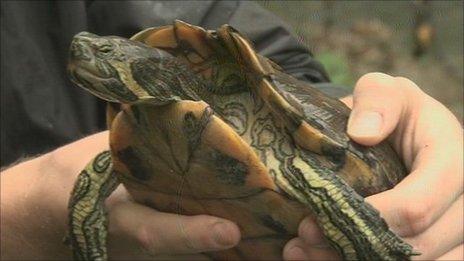Terrapin chasing volunteers sought in East Midlands
- Published
Terrapins feed on dragonfly larvae and baby coots
Volunteers are being sought to catch invading terrapins that can grow to "the size of a dinner plate".
The reptiles living in the Ashby Canal in the East Midlands were probably bought as pets following the Teenage Mutant Ninja Turtles craze and later abandoned, a Canal and River Trusts spokesman said.
They eat dragonfly larvae, fish, frogspawn and even ducklings.
After being captured, they will be re-homed, a trust spokesman said.
'Quick reflexes'
The terrapins do not like being handled and can bite so the trust is looking for people with experience of working with them.
Protective equipment, nets and tanks will be provided, but volunteers will need their own transport to move the terrapins after they are caught.
Richard Bennett, senior ecologist for the trust, said: "This is certainly an unusual opportunity, but these terrapins can cause real damage munching their way through the canal so it's important that we step in and take action.
"We're looking for people with some experience - and quick reflexes - to help us catch the terrapins and move them to somewhere that keeps them and the wildlife within the canal safe."
The Ashby Canal runs for 22 miles passing along the Leicestershire-Derbyshire border.
The reptiles are about the size of a box of matches when they are young but can grow to the size of a dinner plate, Mr Bennett said.

Terrapin Invaders
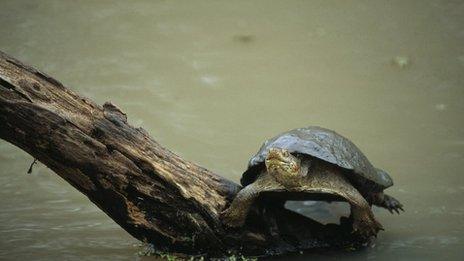
Terrapins lay eggs and live in fresh water
Originally from North America, with a large population in Florida
Believed to have been bought as pets during the Teenage Mutant Ninja Turtle craze in the 1990s
Can live to between 20 and 30 years but have been known to survive even longer
Feed on aquatic plants and insects but can also eat small wildfowl such as ducklings or coots
Will be rehomed by the British Chelonia Group

- Published6 August 2013
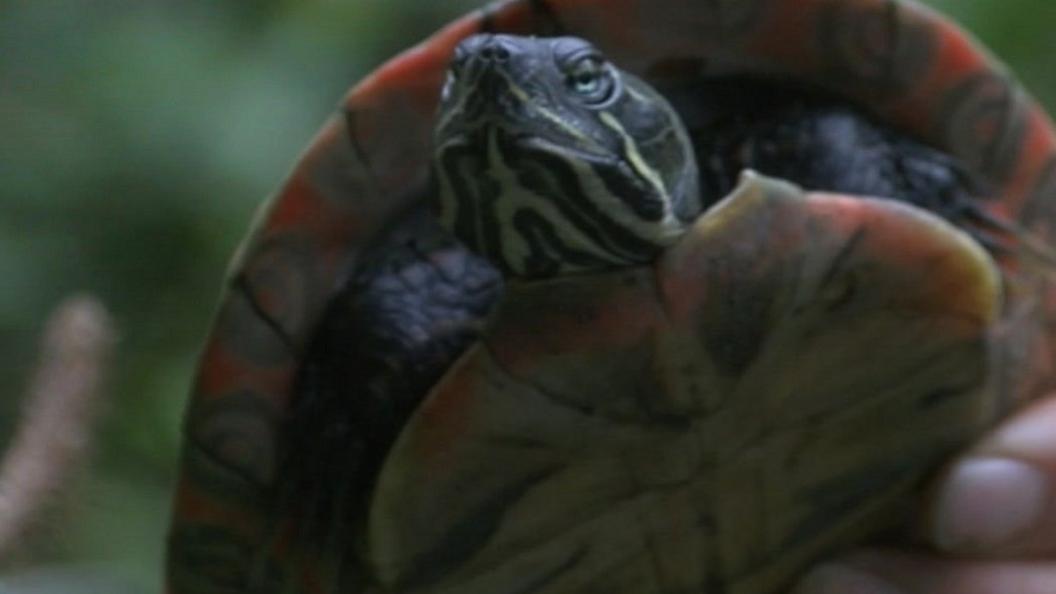
- Published6 August 2013
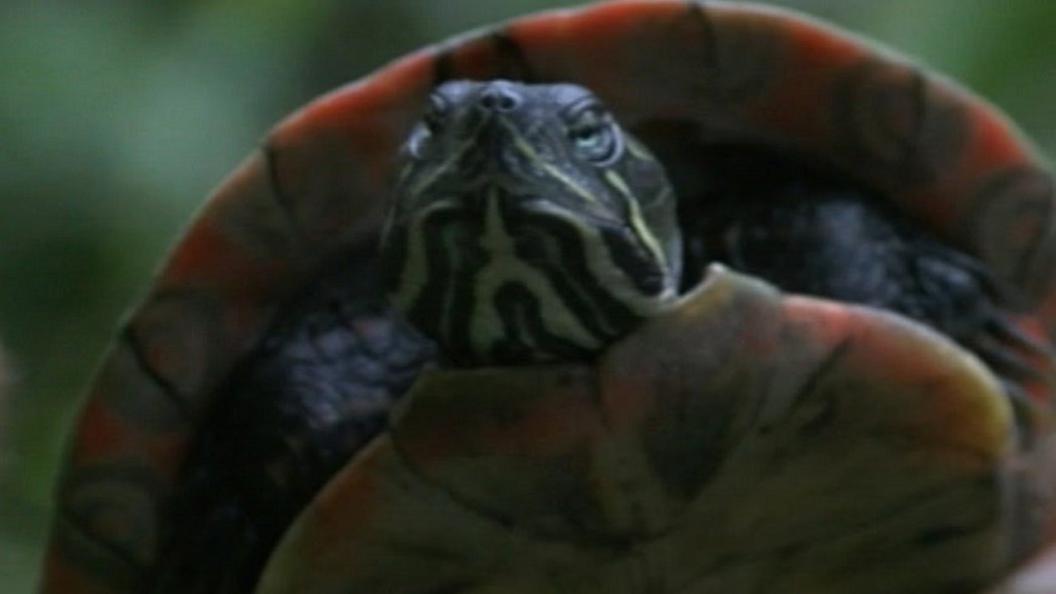
- Published11 May 2013
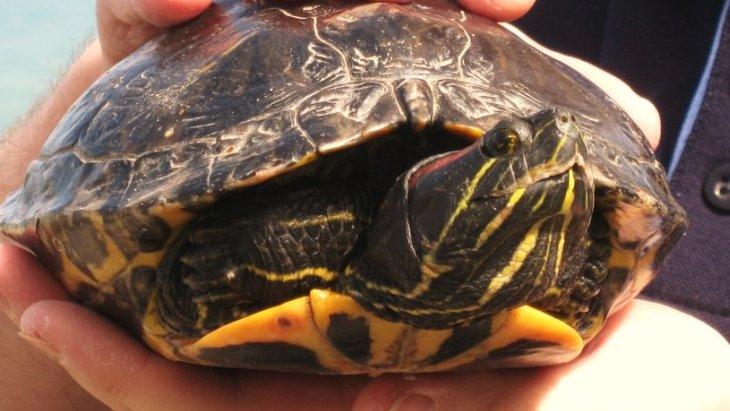
- Published19 September 2011
